Adriana Baird:
Click "Read More" to see the lessons learned from other students.
- Communication is a little bit slow via email, but this may have been due to the need to translate the Chinese surveys into English so that we could read the results
- We are most productive when we meet in person, which is great for the three of us but poses a challenge for communication with our Tsinghua counterparts. This might be difficult in the future because Coco and Sean are not very comfortable with Skype, but it is great that Sean is actually coming to Stanford this week!
- We made a timeline for our scope of work assignment, and it will be very important for us to stick to it, given the limited amount of time left.
Click "Read More" to see the lessons learned from other students.
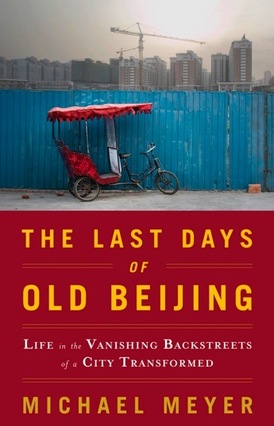
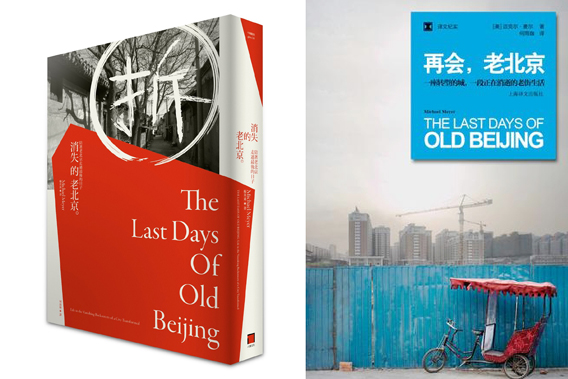
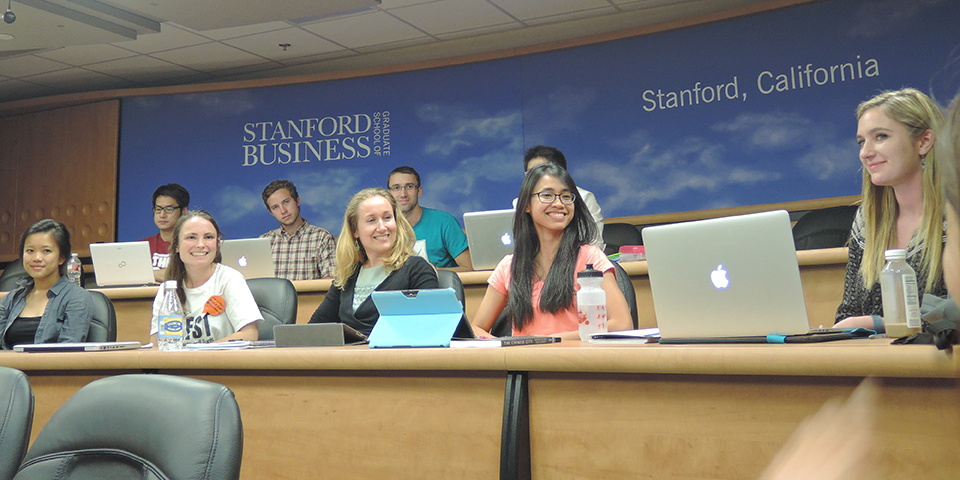
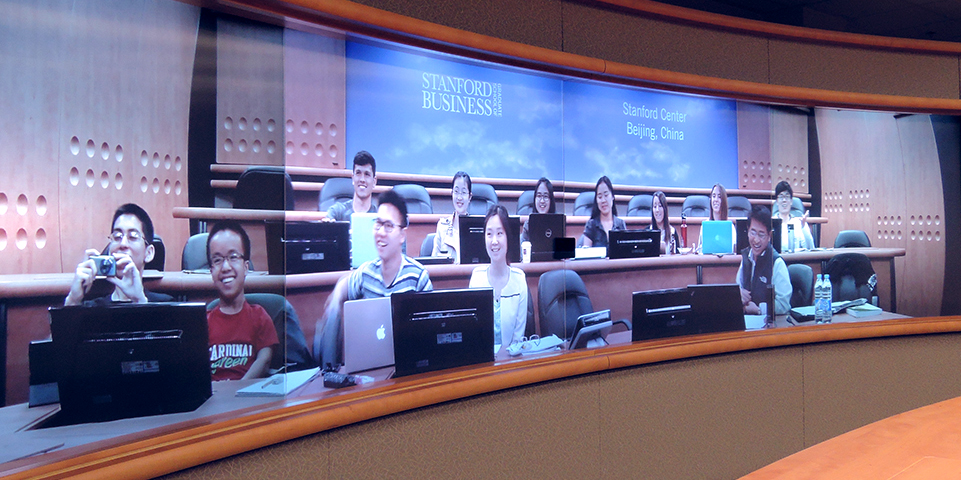
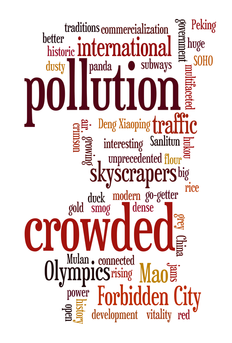
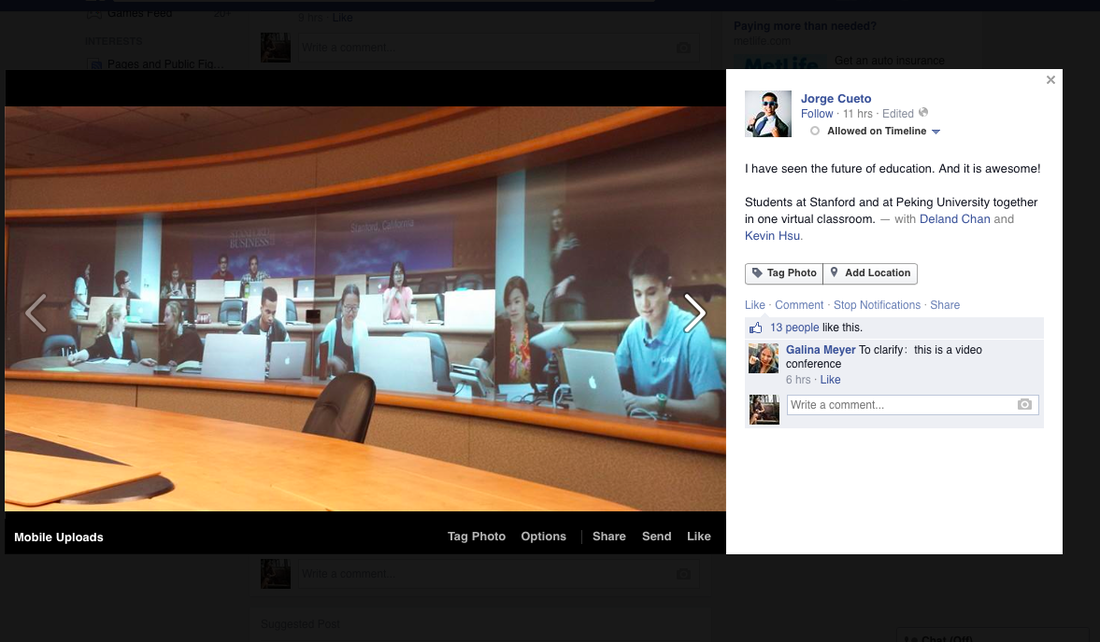
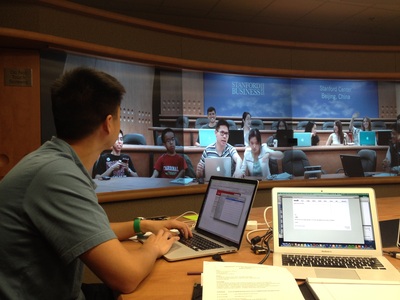
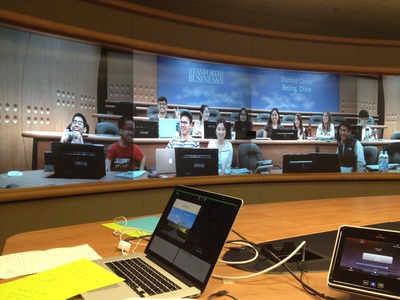
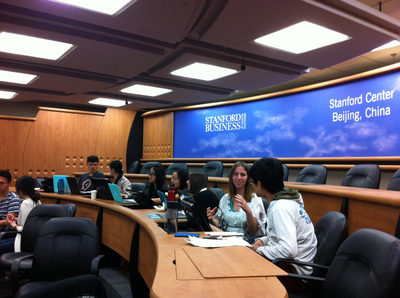
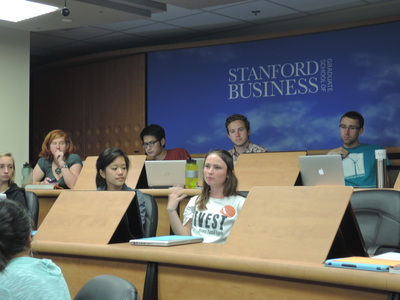
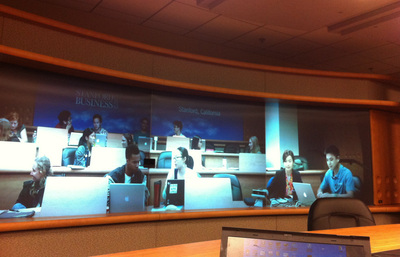
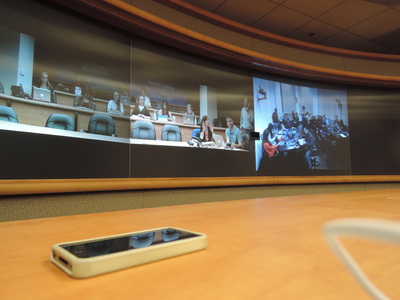
 RSS Feed
RSS Feed
